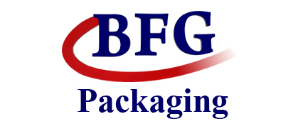PP vs PET – The Green Argument
 More and more, the corporate world engages in the sustainability dialogue. Consumers want to take responsibility for the waste they generate. The ‘green’ argument weighs more every time and need to be taken seriously by the food packaging industry. What’s the right product to use?
More and more, the corporate world engages in the sustainability dialogue. Consumers want to take responsibility for the waste they generate. The ‘green’ argument weighs more every time and need to be taken seriously by the food packaging industry. What’s the right product to use?
In contrary to what is still sometimes believed, PP is perfectly recyclable. Not only the low carbon footprint during production of granulate enhances the sustainability of PP, so do the high energy recovery values for PP. As shown by recent research, PP costs 27% energy less to produce than PET, and 88% more energy is recovered during recycling. Add to this that PP weighs 19% less than PET, a number that translates directly to transportation and thus carbon emission.
“We all know it’s about time the corporate world starts taking responsibility for the environment, and it’s a good development that sustainability finally starts being a valid argument in business”, says Karel Hoet, director of BFG Packaging. “It’s not all about financial advantages anymore. A mono-material tray, like PP with PP film without any cohesive, is much more easily recycled than for example PP-EVOH or PP-PE. More and more, we see that companies realize their customers want their products to be ‘good’, and adapt their packaging to this demand”.
Over the last year, BFG has seen a continuous rise in PP demand. “We used to think the extra layer of EVOH or PE was necessary for protection and warrant the food quality. This is not an issue anymore for the majority of fresh products, let alone microwaveable meals. The quality of PP increased and the shelve-times are such that the extra layer is redundant. Mono-material PP is therefore the most sustainable choice for ready-to-go meals”.

































